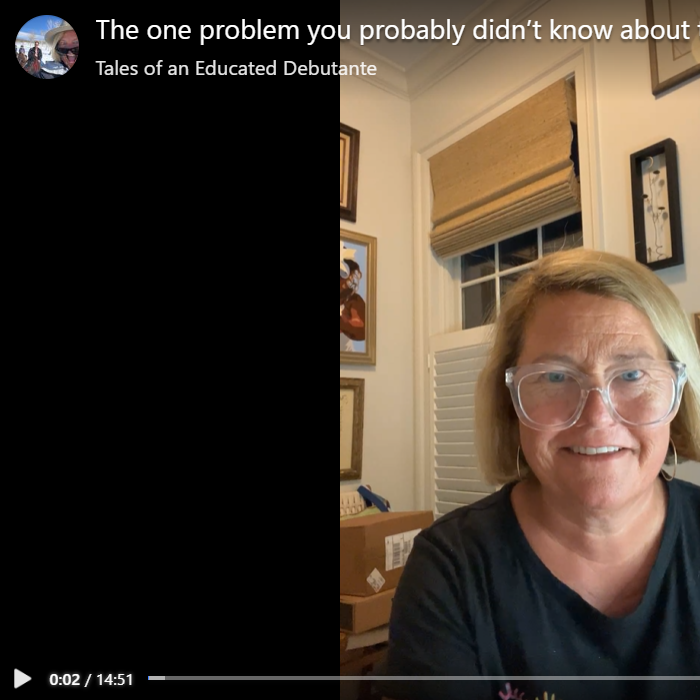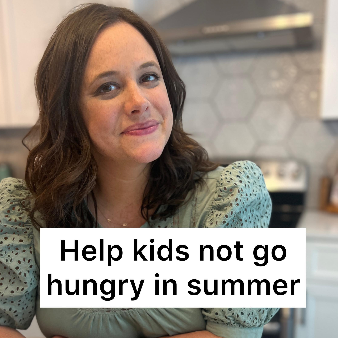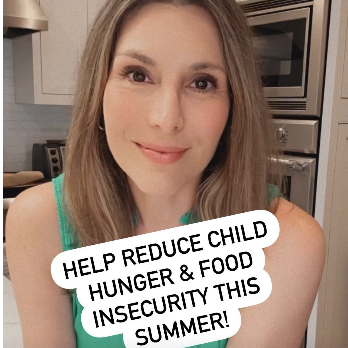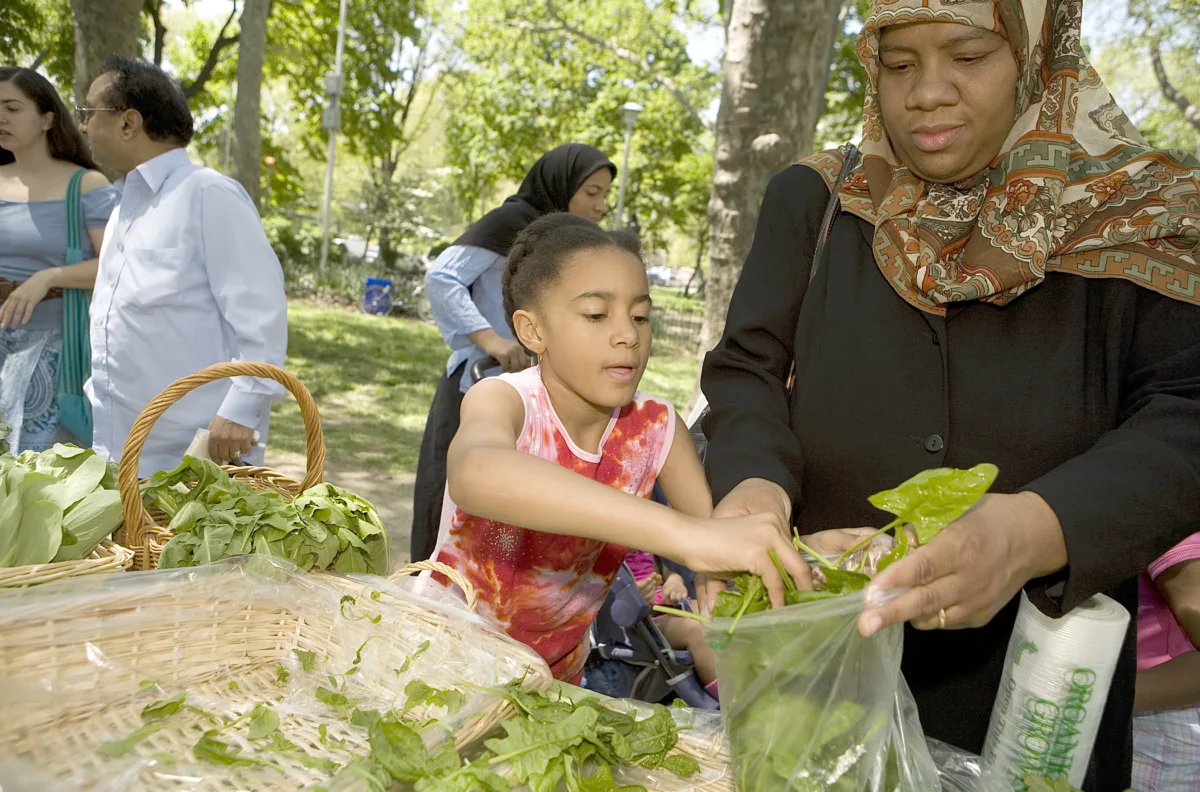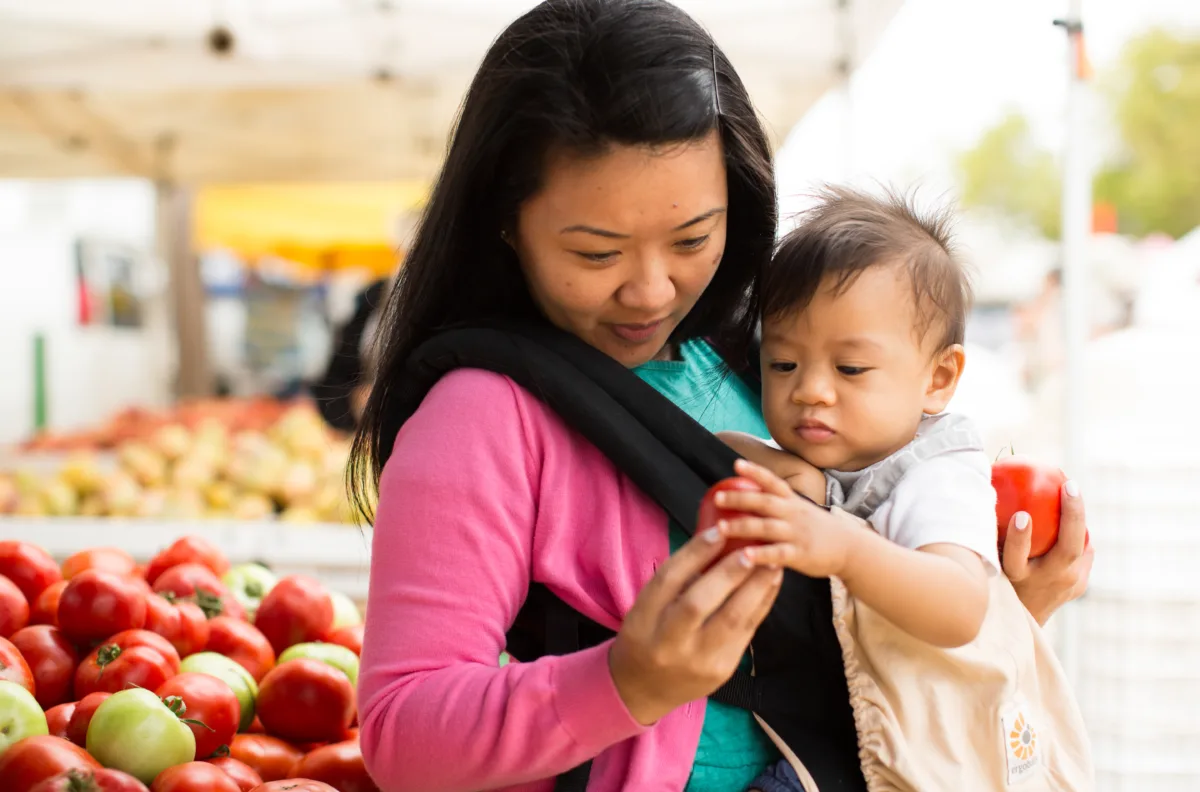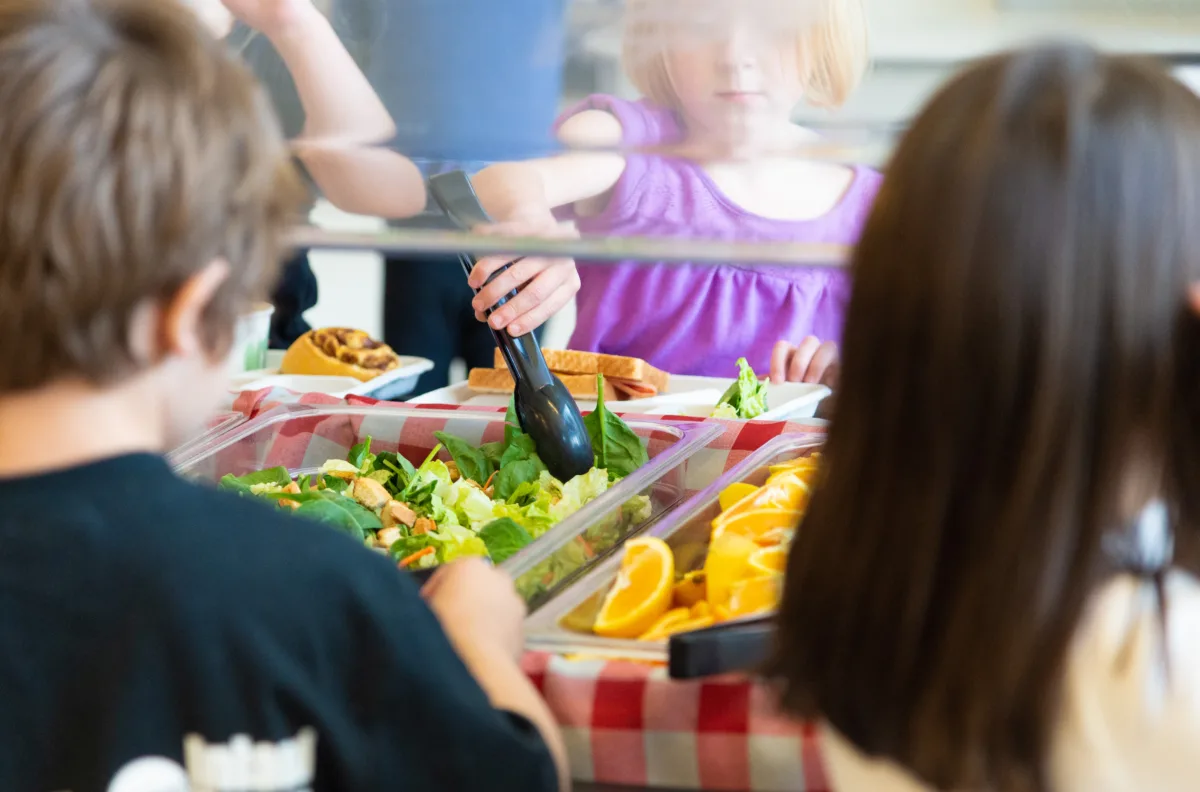When school’s out for the summer, access to school meals in most districts ceases. That means millions of families likely find it harder to get healthy meals for their children. There are some programs to help, like the Summer Food Service Program that aims to provide kids with the nutritious food they need to play, grow, and learn all summer long. For the past few years during the pandemic, an additional program, Pandemic EBT (P-EBT), helped many families access food during the summer.
But this summer, P-EBT was scaled back, reducing benefits and impacting families’ food access. To help families understand this shift and identify other resources that might help, five parent/caregiver influencers shared information with their networks about where families could find summer meals in their communities. They also offered resources for families facing food insecurity. What followed was an incredible exchange among their diverse followings, as people shared their own summer feeding resources across social media.
Sparking Conversation and Sharing Resources
In response to the influencers’ posts across Instagram and Facebook, parents and caregivers weighed in to share their families’ own experiences with food insecurity, tag friends who would find the information helpful, and direct others to summer meal sites or programs. Here’s just a small sampling of some of the innovative local programs running in communities around the country shared through these online conversations:
- The Chickasaw Nation Impa’chi (Let’s Eat!) program, which provides meals to kids in Ada, Okla., throughout the school year, on school breaks, and during the summer months when the National School Lunch Program is not available.
- Micah’s Backpack, which provides backpacks filled with two breakfasts, two lunches, two dinners, snacks, juice and milk boxes, and an educational piece to students in Blacksburg, Va., who are experiencing food insecurity. It serves 140 students in the summer.
- Lovepacs, a Northern Texas program that, during extended school breaks, distributes mostly non-perishable, easy to open, and minimal cooking food items to children who participate in free or reduced-price lunch.
- Picnic in the Park (PIP), a program hosted by the Foodbank of Santa Barbara County, Calif., during summer break providing free lunches to children countywide during the week. Everyone is welcome, and there is no sign-up or registration process.
Learning From Caregivers’ Experiences to Drive Change
Family members and those who work with, care for, and educate children shared invaluable accounts of how food insecurity can impact a child’s wellbeing—and how programs like those outlined above need to be expanded to ensure no child goes hungry.
Blessings in a Backpack, for example, operates in schools in 44 states and D.C., distributing packages of food that kids can take home in their backpacks to eat over the weekend. But apart from a corporate partnership that allowed it to continue one summer, it operates only during the school year.
Another concern that arose from the conversations is the limited reach of summer meal programs, particularly for children without transportation to the meal sites, as very few programs have the capacity to deliver meals individually. One program, the Baylor Collaborative on Hunger and Poverty’s “Meals-To-You” program, recognized this barrier for families in rural, frontier, and tribal regions and—through funding from the USDA—delivered shelf-stable meals directly to children’s homes in Texas beginning in summer 2019. An ongoing Urban Institute report is evaluating its impact on summer food insecurity.
An additional barrier that several caregivers brought up was the lack of broadband or computer access that could prevent families from being aware of what resources are available.
